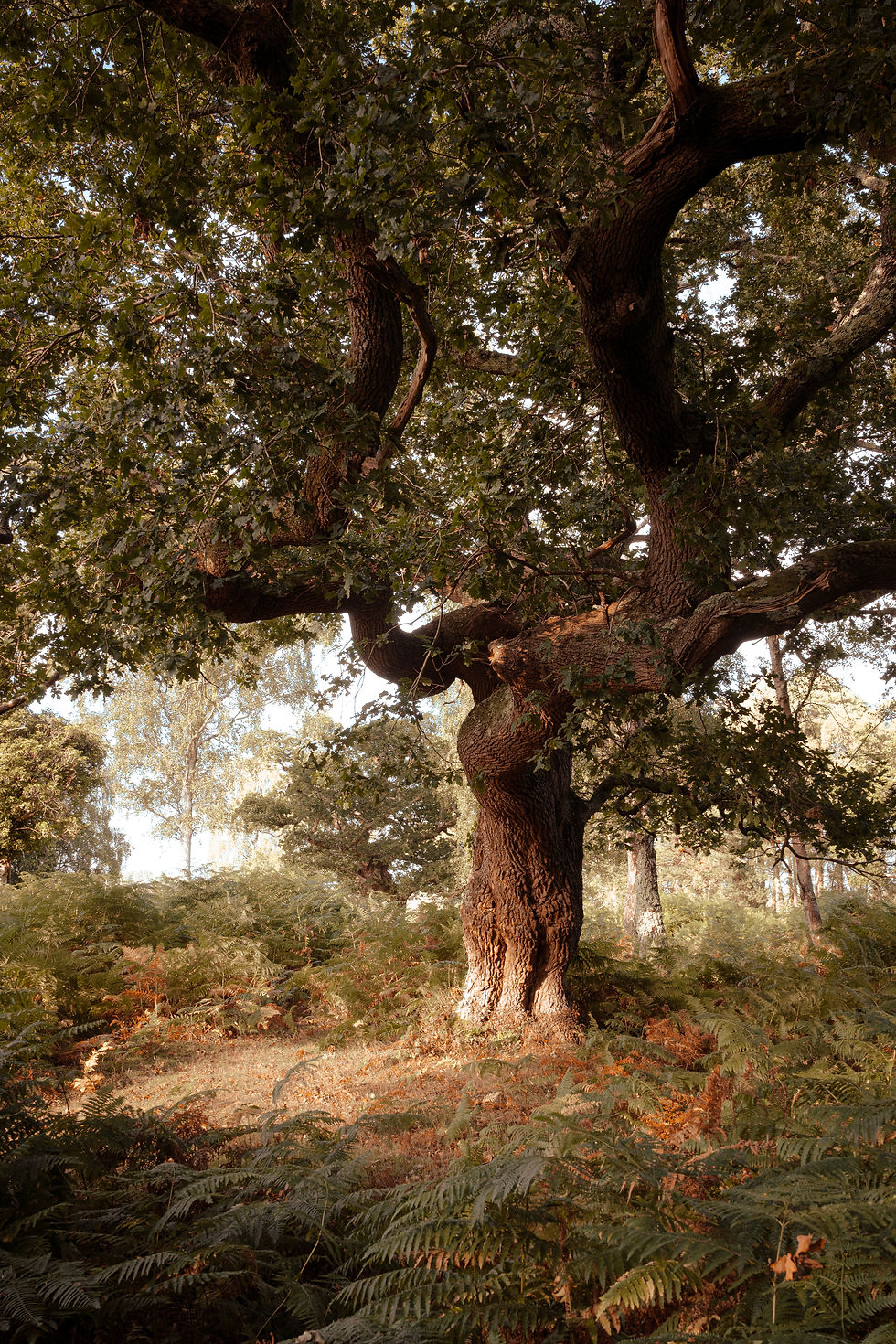The Skill of the Person Behind the Lens
- Matt Wardle

- Jul 29
- 3 min read
Updated: Aug 4
There’s a common belief that better gear leads to better photos. That a more expensive camera, a sharper lens, or the latest sensor will somehow elevate your work. It’s understandable—after all, photography is a technical medium. But over the years, I’ve come to see that the real value in photography lies elsewhere.
It’s not in the kit bag.It’s in the mind, the eyes, and the heart of the person carrying it.
A Familiar Path
Like many others, I started out with modest equipment. A second-hand DSLR, a kit lens, and an overwhelming sense of curiosity. I didn’t know what I was doing—but I knew what moved me. Mist rolling through the trees in the New Forest. Light slipping between the branches at sunrise. The quiet rhythm of the tide pulling back from the Dorset coast.
What I lacked in equipment, I made up for with time—walking the same woodland paths in all seasons, noticing how a bend in the stream looked different in April than it did in November. The more I looked, the more I saw. And over time, the gear faded into the background. My attention shifted from “what settings should I use?” to “what do I feel when I stand here, and how do I express it?”
The Myth of the Upgrade
These days, I often get asked what camera I use. The answer? It varies. I’ve used Nikon DSLRs, Fuji mirrorless bodies, and lenses new and old. Some of my favourite images were taken on a Fuji X-T1, now over aa decade old. Others came from a Nikon D750—a camera you can now find second-hand for under £500 and I am now shooting with a Fuji X100V, which is a fixed lens APC, this is now 6 years old.
Does that surprise you?
It shouldn’t. Because the truth is: your camera doesn’t make the photograph—you do.
More megapixels won’t teach you to wait for the right light. A faster autofocus won’t tell you where the strongest composition lies. Weather-sealing won’t make you go out in the rain.

Why Simplicity Wins
I’ve always believed in getting the most out of what you have. Not just because it’s practical—but because it forces you to slow down, to be deliberate. There’s something grounding about working within limits. It sharpens your awareness. It keeps your attention on the scene in front of you, not buried in menus.
I’ve seen photographers take stunning images with cameras most people would overlook. And I’ve seen others with top-end setups miss the moment entirely, distracted by features they don’t need.
Make it Yours
If you’re just starting out, or feeling pressured to “upgrade,” I encourage you to pause. Look at your work. Not the EXIF data, but the feeling behind it. What stories are you trying to tell? What moments move you?
You can build an entire body of work using gear that fits inside a modest budget. Platforms like MPB or local second-hand dealers often sell excellent cameras at a fraction of their original price. You don’t need £5,000 of gear to make something meaningful. You just need your eyes, your patience, and your perspective.
The Takeaway
Photography isn’t about showing off. It’s about showing up—again and again—until you start to see more clearly. Until you learn what light makes your heart catch. Until you know how to express something personal in a universal way.
So by all means, enjoy your gear. But don’t wait for the “perfect setup” to start making photographs that matter to you.
Because in the end, it’s not about what’s in your hands—it’s about what’s behind your eyes.

,– Matt



Comments